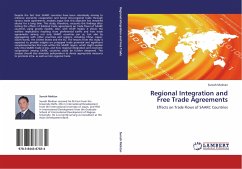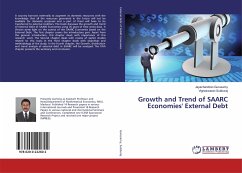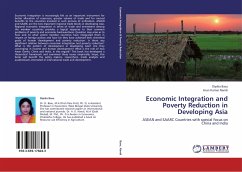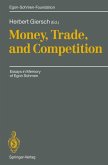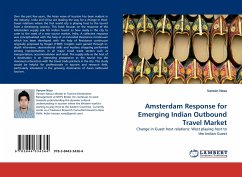The South Asian Association for Regional Cooperation (SAARC) is a regional group in South Asia, which comprises the countries of Afghanistan, Bangladesh, Bhutan, India, Maldives, Nepal, Pakistan, and Sri Lanka. The surface area of SAARC member countries is 5.13 million square km. It is the second most populous and most densely populated geographical region in the world. A group of countries facing symmetric shocks are benefited to introduce a common currency. This book develops a five-variable Structural Vector Autoregressive (SVAR) model to test the symmetry of five types of shocks i.e., external global and regional; domestic supply, interest rate and exchange rate shocks. The results show asymmetric correlations among domestic shocks. In addition, lower factor mobility, lower degree of intra-regional trade, and lack of political integration suggest that the SAARC countries are not yet ready to introduce a common currency.
Bitte wählen Sie Ihr Anliegen aus.
Rechnungen
Retourenschein anfordern
Bestellstatus
Storno


